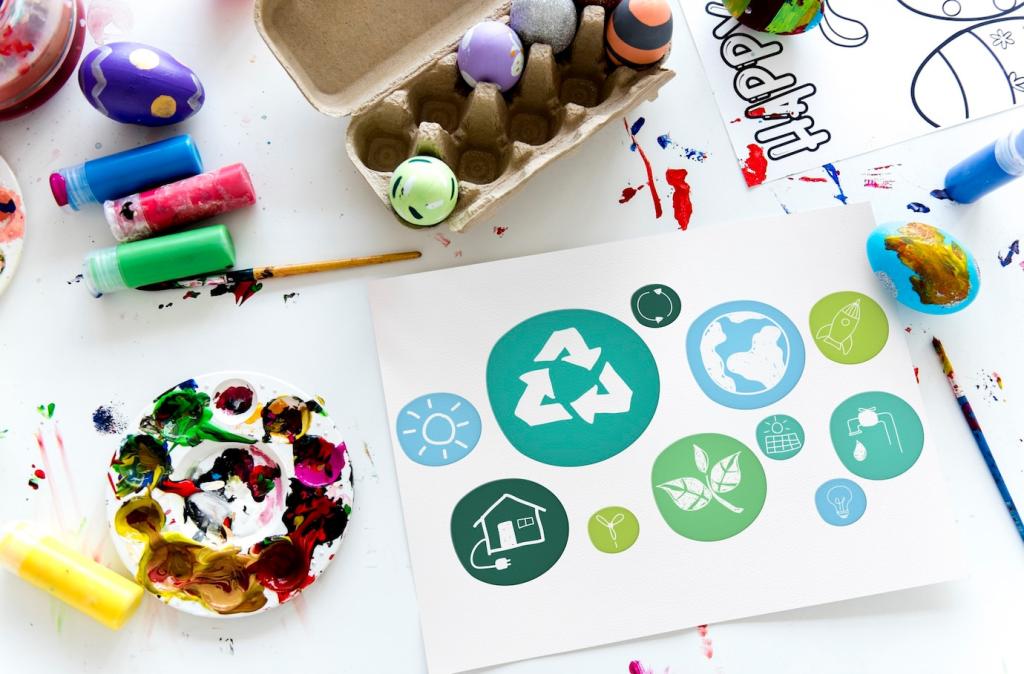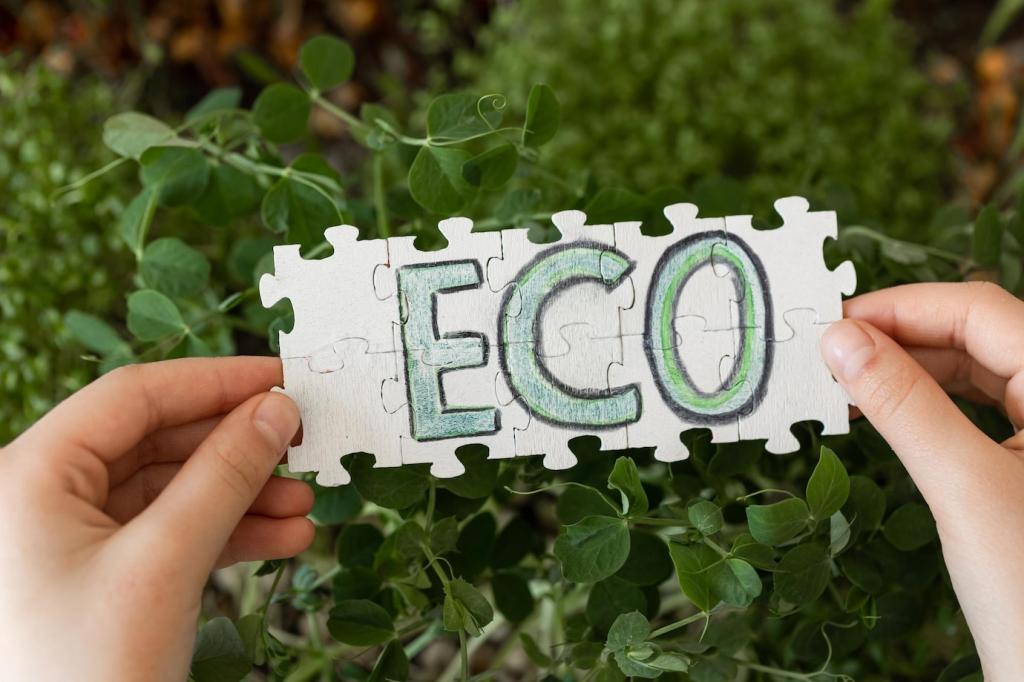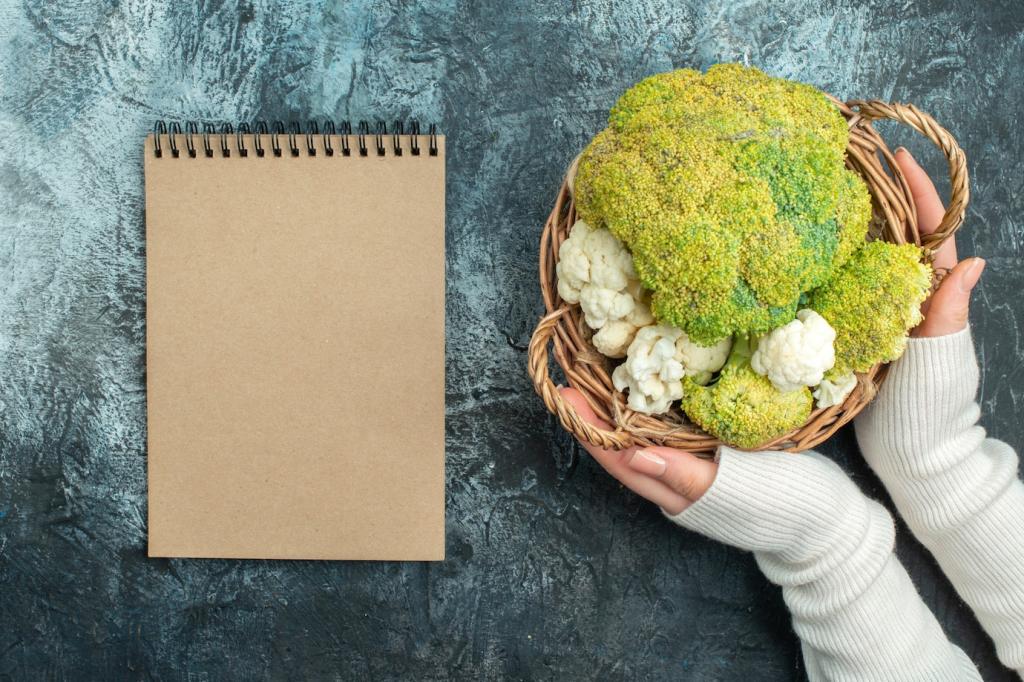Low-Carbon UX Patterns That Spark Joy
Flatten menus, offer smart search, and surface popular tasks early. Users reach goals faster, servers work less, and bounce rates drop. Map top journeys on one sheet and test with five users. Tell us which path trimmed the most clicks.
Low-Carbon UX Patterns That Spark Joy
High contrast can improve readability, while darker themes on OLED screens may save energy in certain contexts. Use palettes with intention, not excess. Provide a theme toggle and explain why. Invite readers to vote on their preferred mode.
Low-Carbon UX Patterns That Spark Joy
Animate sparingly and narratively. Prefer CSS transforms, reduce frame rates, and avoid auto-play videos. A small, purposeful motion can communicate state without loading heavy libraries. Share your favorite microinteraction that replaced a full animation.



